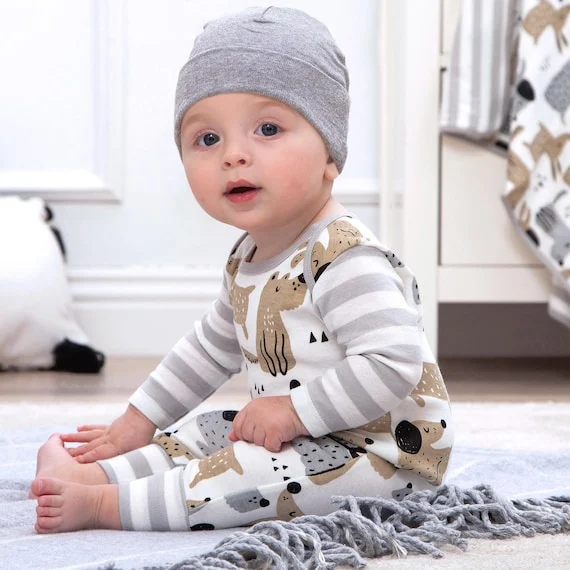When I first envisioned my family, I always pictured two kids close in age—maybe two or three years apart—so they could grow up as best pals. After welcoming my first child, I was still keen on that plan, but life had other ideas. For several years, expanding our family seemed like a distant dream, and the chance for that ideal age gap faded away.
Fast forward to January when we finally welcomed baby number two, nearly five and a half years after our first. Surprisingly, my perspective changed as much as our circumstances.
Typically, parents think about the future when they’re planning for multiple kids, hoping for a bond between siblings that will last a lifetime. They dream of their children playing together, sharing secrets, and navigating life as a team—please let them get along! Sure, there’ll be squabbles and the inevitable tug-of-war over toys, but having a sibling can be a built-in best friend, even better than cartoons!
However, with a larger age gap, things take on a different flavor. It’ll be years before my younger child can truly engage with his older brother, and by then, who knows if his big brother will want to hang out? Sure, they’ll be forced to play together at home, but with that five-year difference, it’s hard to find common ground.
I can’t help but wonder how their relationship will look when one is 16 and the other is just 11. I imagine my youngest will idolize his big brother, and I hope my older son takes on a protective role. Still, I can’t see them spending much time together when one is off on dates while the other is still in elementary school. Their bond might not truly blossom until their 20s, once they’re both free from the school grind.
That said, right now, having that five-year gap feels like a dream come true. I can’t believe I once preferred kids just a couple of years apart. Can you imagine juggling a toddler and a newborn? Or two toddlers? A five-year-old and a baby? Yikes! I barely managed with one energetic little one; the thought of two at once is a hard pass!
As it stands, my five-year-old is old enough to be a bit independent, which is a lifesaver. He can understand that the baby is sleeping and knows to keep it down. He’s even learned how to turn on the TV himself, giving us a much-needed break after those sleepless nights filled with feedings. Plus, he’s old enough to not worry about the baby swiping his toys and to lend a hand when we need it, without being underfoot all the time.
There’s no more worrying about juggling diapers for two, or managing two daycare schedules, or making double batches of baby food. Sure, I can’t leave my five-year-old in charge just yet while my partner and I sneak off to the movies, but we can reuse his crib, which is a plus!
No situation is perfect, and this wasn’t the plan we initially laid out. It would’ve been nice to tick off all the baby milestones in rapid succession, but so far, this age gap is working out just fine for us. We may have envisioned our children being closer in age, but life had other plans—and honestly, I’m okay with that.
For more insights on family planning and parenting, check out this post here and learn about resources for those considering home insemination here. Also, for helpful information on infertility, visit this excellent resource here.
Summary
In this piece, Jamie Thompson reflects on how a larger age gap between his children turned out to be a positive surprise for his family. While initially desiring kids close in age, the unexpected five-and-a-half-year difference has brought advantages, including independence for the older child and easier management for the parents. Although future interactions may vary, Jamie finds comfort in how things have unfolded.
